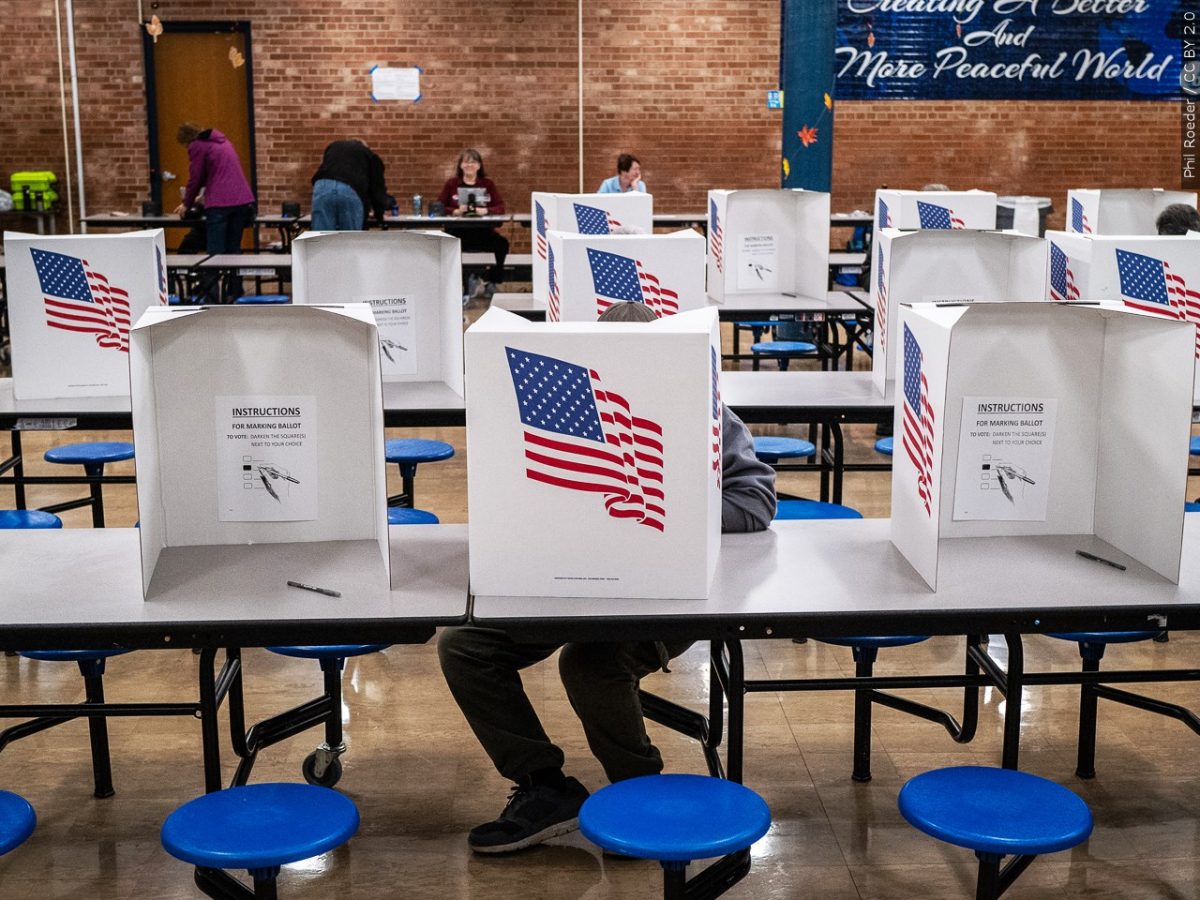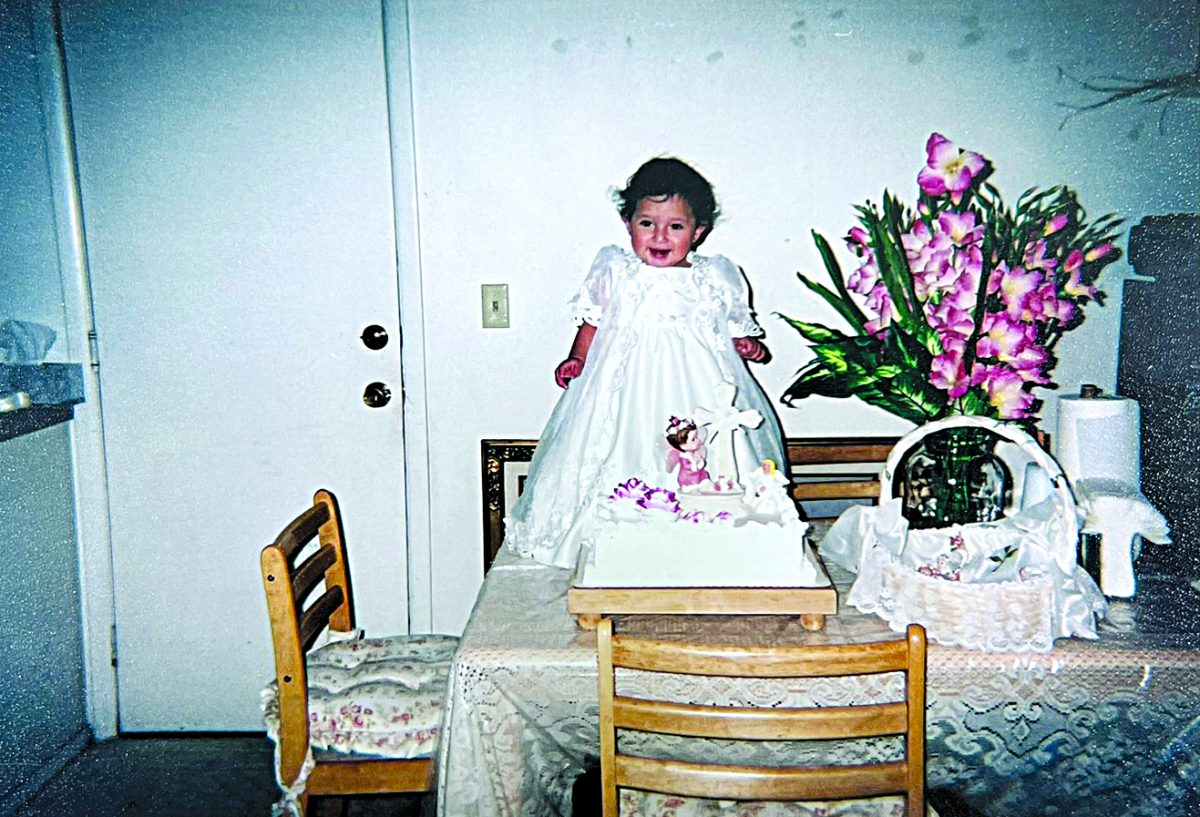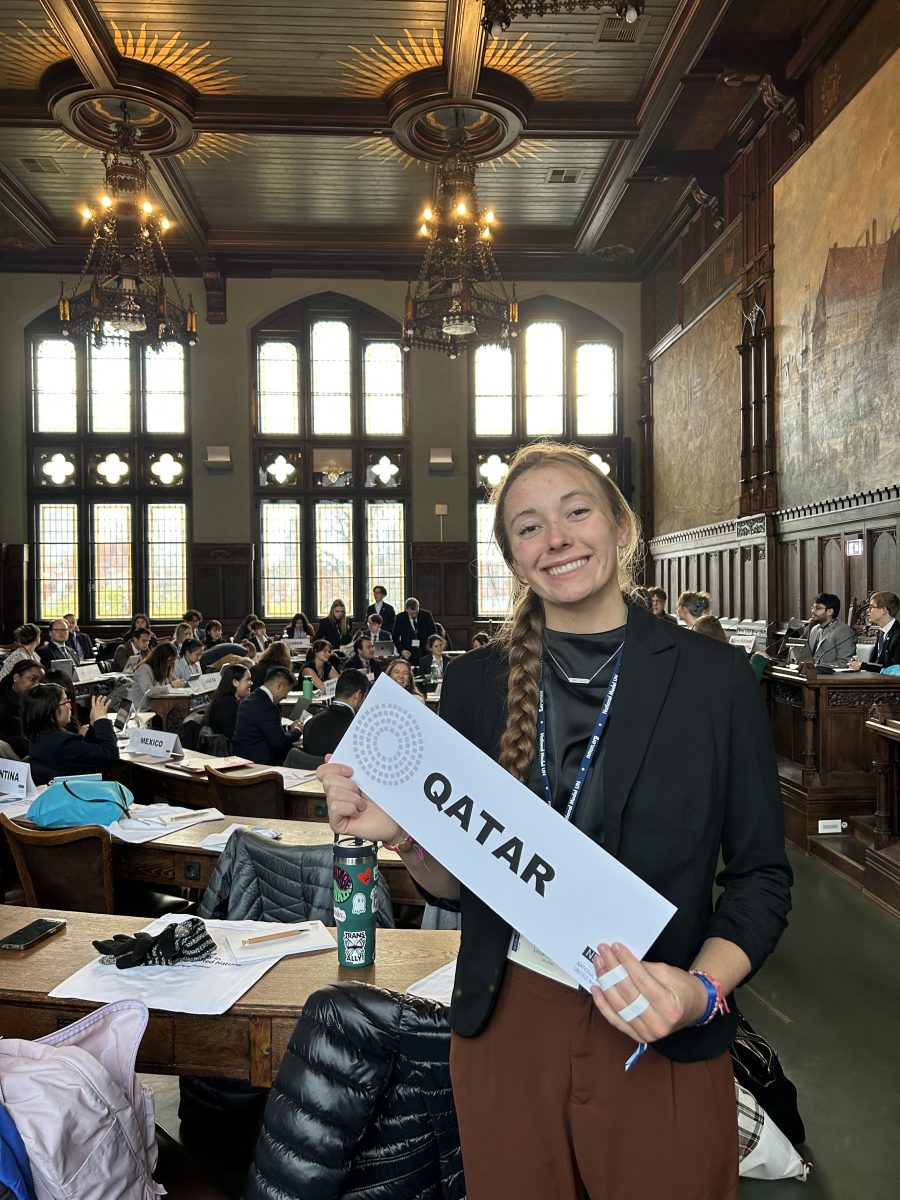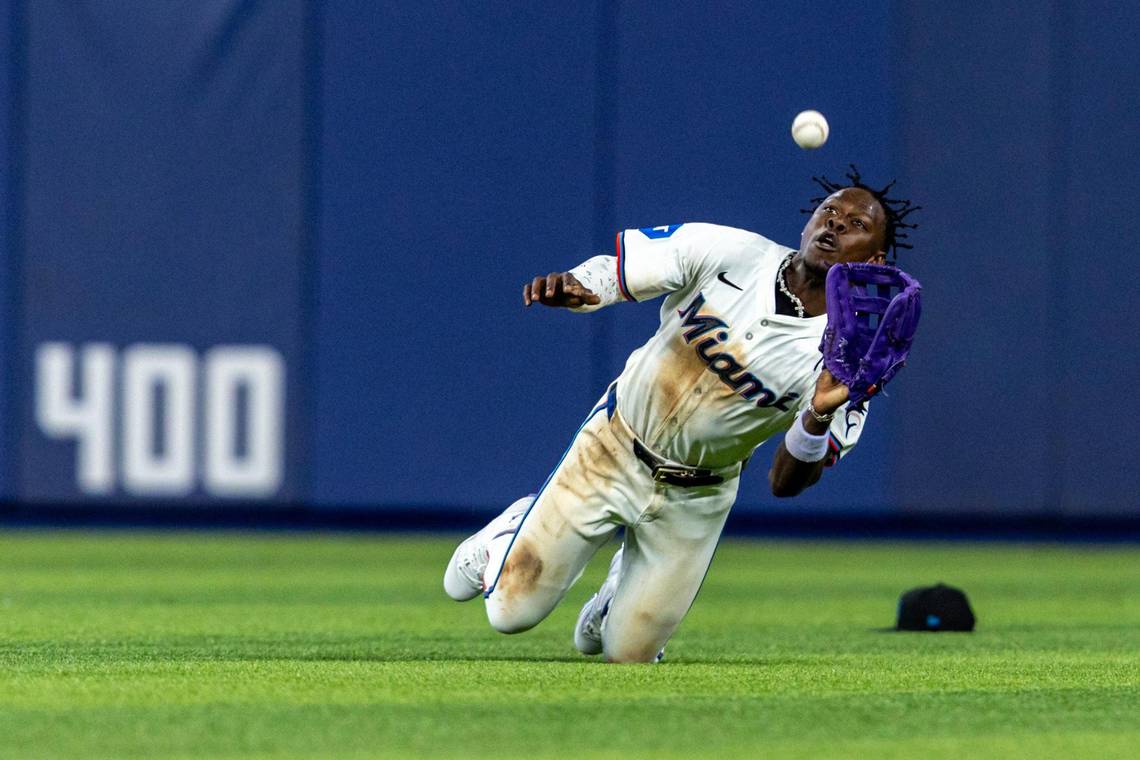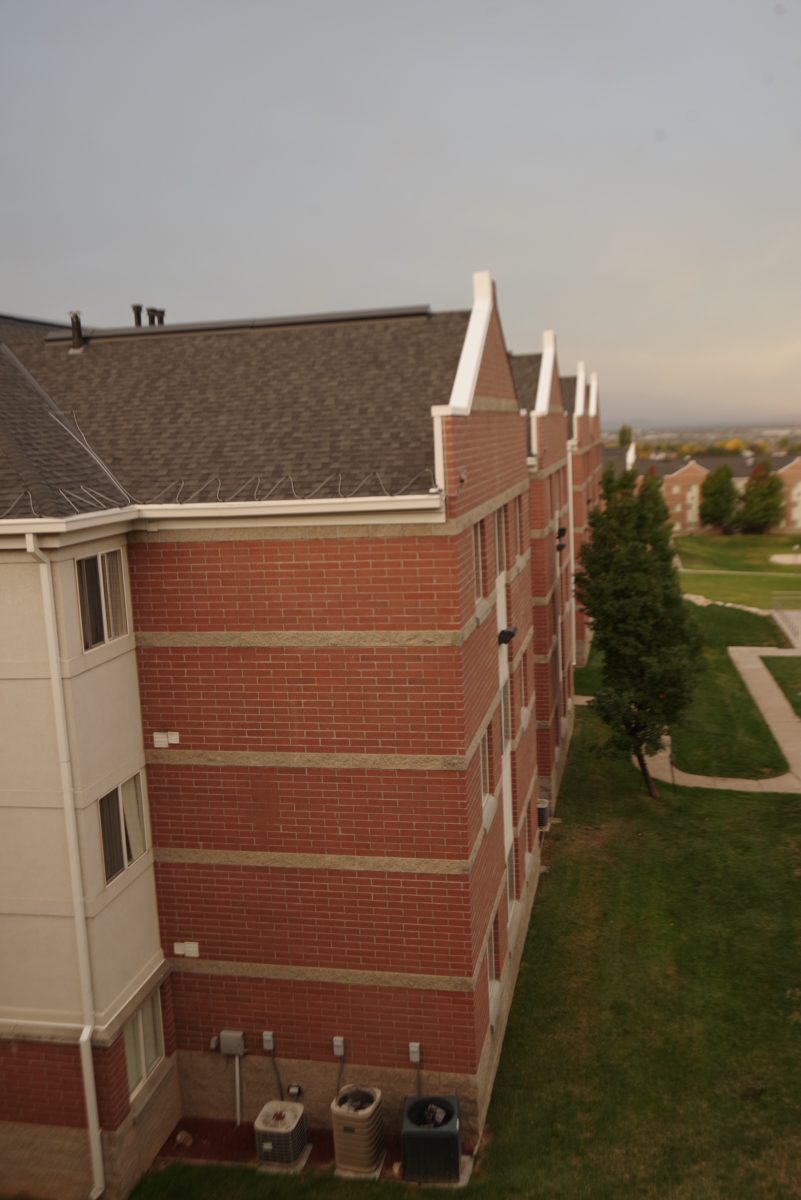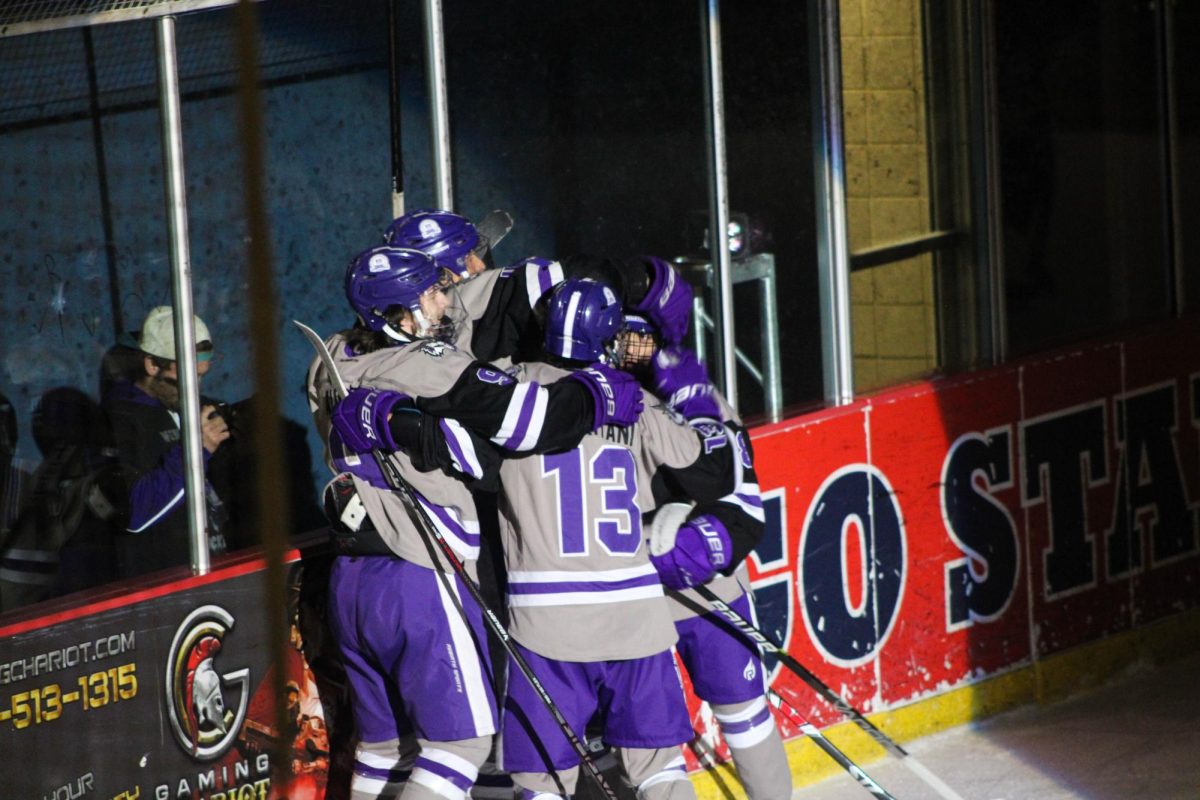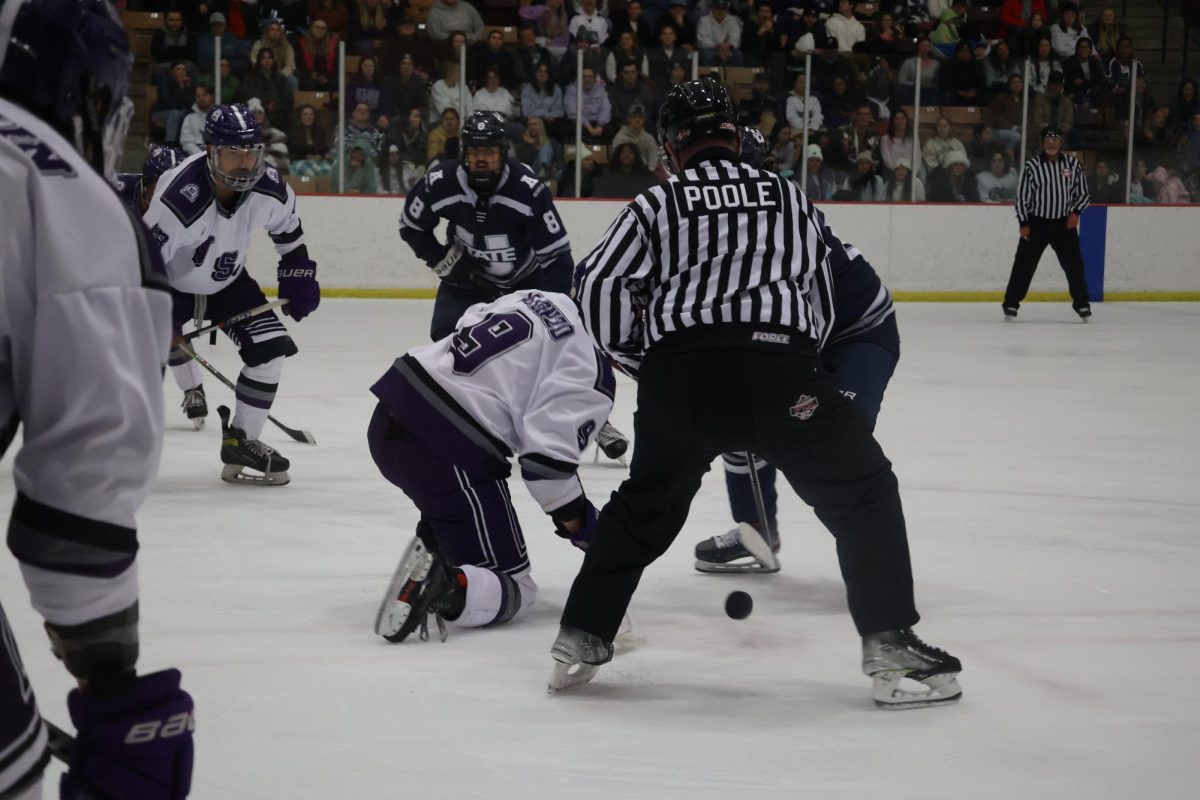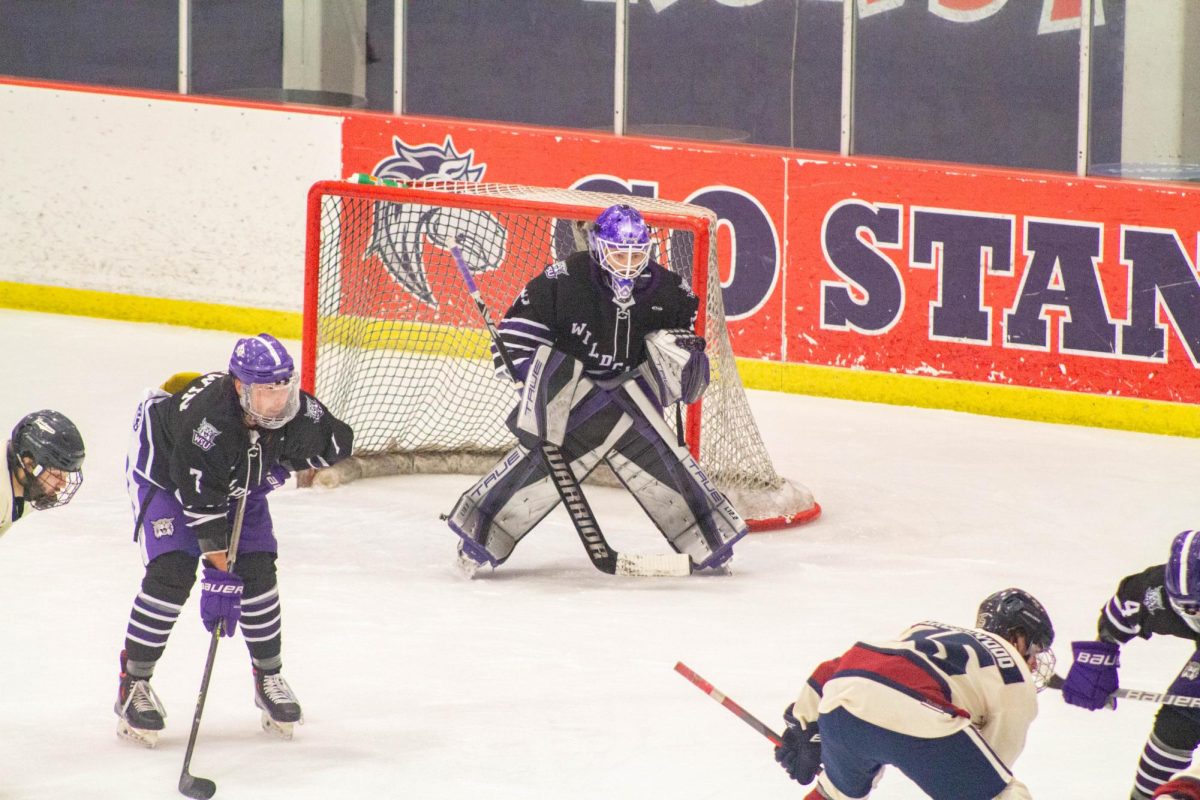The highly anticipated 2021 season for the National Hockey League has just kicked off this week with uncertainty and doubt.
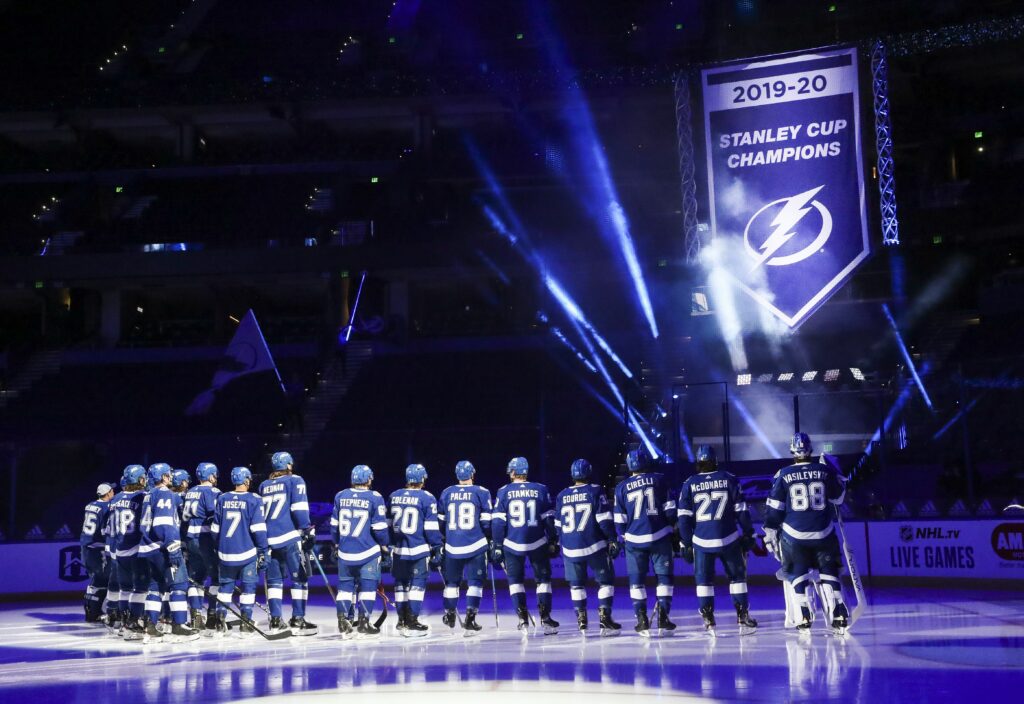
Last year, the NHL season was unlike any other since league play was suspended in March due to the COVID-19 pandemic.
Having a long pause with no games played left many people to wonder if this season was also going to be canceled.
The last time a season was cut short was during the 2012-13 season when the league had a lockout because the NHL and National Hockey League Players Association couldn’t compromise on financial issues. This caused the season to only have a 48-game season since they started later than expected in January 2013.
Returning to 2020, the start of the NHL playoffs was a success since the 16 teams that participated were held inside a bubble to limit the spread of coronavirus.
Eventually, it was the Tampa Bay Lightning who claimed the ultimate prize in hockey which is winning the Stanley Cup at the end of the most bizarre season in the history of the National Hockey League.
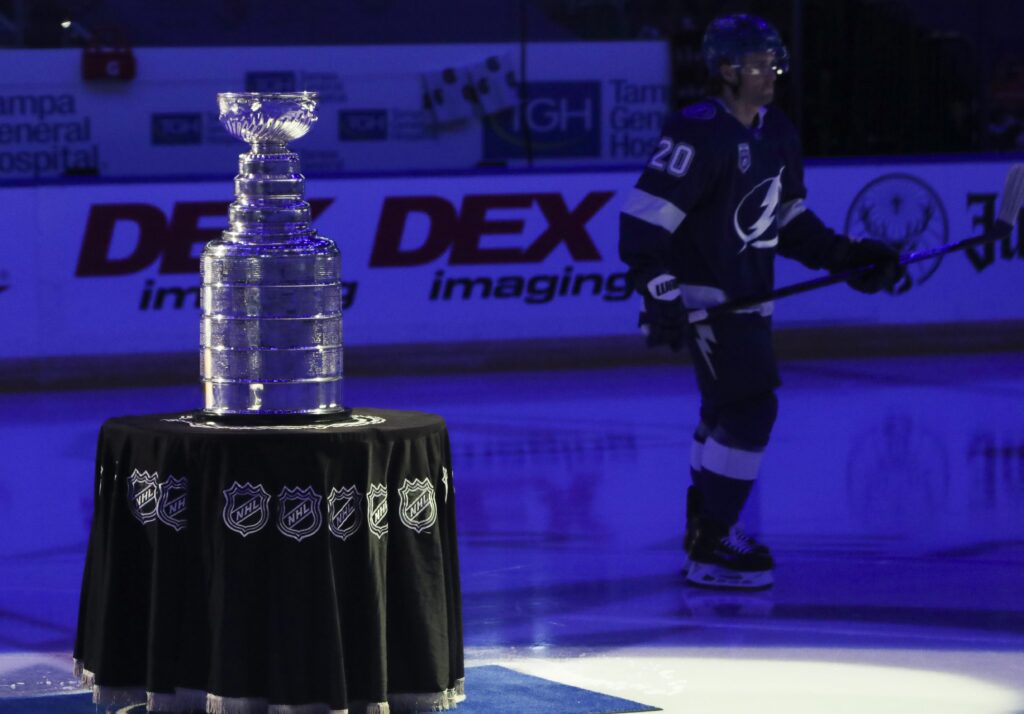
With the pandemic continuing to effect almost every aspect of life nowadays, the NHL has decided that the only way to have games this year was to make adjustments.
Instead of the standard 82-game regular season that every team plays, the league and the NHLPA both came to an agreement that it would be shortened to 56 games because the start of the season was postponed until Jan. 13.
Changing the alignment of divisions was inevitable as there were many discussions up in the air on how to handle the pandemic in the NHL.
The resolution was to have teams divided up in different regions of North America so that they wouldn’t have to travel across the country during a global health crisis.
Originally, the 31 teams in the NHL would be divided up into two conferences, the Western Conference and Eastern Conference.
This season, however, will not have conferences, but four divisions.
Since the United States-Canada border has strict guidelines, the North Division will consist of all seven Canadian teams: Calgary Flames, Vancouver Canucks, Toronto Maple Leafs, Montreal Canadiens, Winnipeg Jets, Ottawa Senators and Edmonton Oilers.
The East Division looks to be anyones for the taking. The Boston Bruins, Buffalo Sabres, New York Islanders, New Jersey Devils, New York Rangers, Philadelphia Flyers, Washington Capitals and Pittsburgh Penguins will all go up against each other this season. Only the Devils and Sabres didn’t make it to the bubble last season, so this division could be a toss-up.
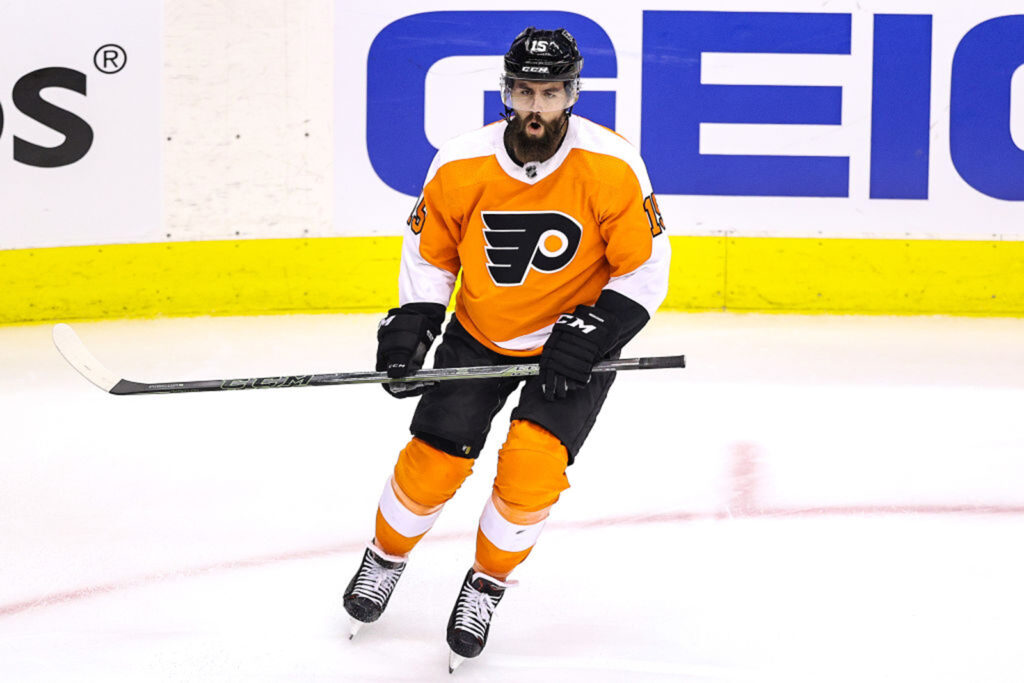
In arguably the weakest division out of the four, the Central Division looks to be dominated by the reigning NHL champions, the Tampa Bay Lightning. The other team in the Stanley Cup Finals last year, the Dallas Stars, will also participate in the Central division along with the Nashville Predators, Carolina Hurricanes, Chicago Blackhawks, Columbus Blue Jackets, Detroit Red Wings and Florida Panthers.
It will be very interesting to see who will come out on top of the West Division between the Colorado Avalanche and Las Vegas Golden Knights as they have been arguably the two best teams in the Western Conference for the past couple years. Their competition will include the Arizona Coyotes, San Jose Sharks, Los Angeles Kings, Anaheim Ducks, Minnesota Wild and St. Louis Blues in the West Division.
Each team will only play against their respective divisional rivals. In the North Division, the seven Canadian teams will play each other 9-10 times while the East, West and Central have eight teams each and will play eight times against their division foes.
The playoffs will have 16 teams, the top four in each division, and will start against their divisional opponents in the first round. First place will play fourth and second place will play third. The two teams that win each series compete in another series to see who wins each division.
Once the divisional rounds are over, it’s on to the brand new Stanley Cup Semifinal. Any other year, the Conference Finals would take place, but with the realignment for this season, the traditional playoff format will be on hold. The division winners will battle for the opportunity to move on to the Stanley Cup Final.
There is a possibility that both teams who make it the Stanley Cup Final are originally from the same division or conference in any other ordinary season.
This will also be the first season where sponsors of companies and/or corporations will be worn by the players. Instead of advertisement logos on the jerseys like soccer and basketball, the NHL will now have advertisements on both top sides of the helmet instead of each teams logo.
An interesting move by the NHL was that they will not be holding their games at a bubble this season. Instead, the league will allow each team to play at their home arenas and allows them the option of if they want to allow a limited number fans back in their stadiums as long as the each teams local government allows them to do so.
The NHL is trying their best to prevent a COVID-19 outbreak, but it will only be a matter of time until the pandemic may become a league-wide issue in the next few weeks to come.
Anyone could see right now that the start of the NBA has not been successful in preventing the spread of the virus. Not being played at a bubble had serious consequences, so why does the NHL not see the warning signs?
Games in the NBA have been canceled left and right. One after another, teams don’t have enough players available to play games because of positive tests or contact tracing which causes the games to be postponed to a later date.
There have already been numerous amounts of players contracting COVID in the NHL and with the games not at a bubble, it will continue to wreak havoc across the National Hockey League.

